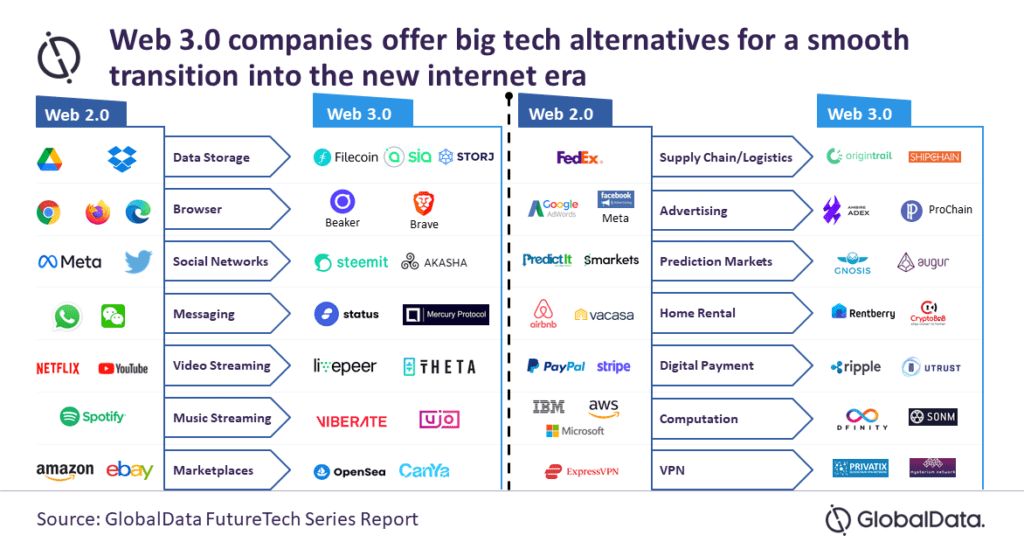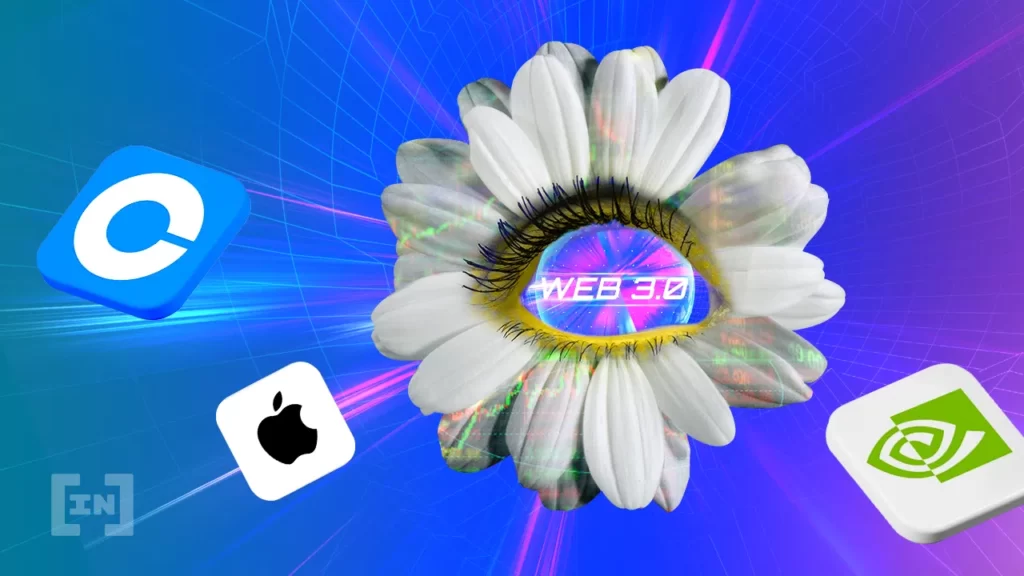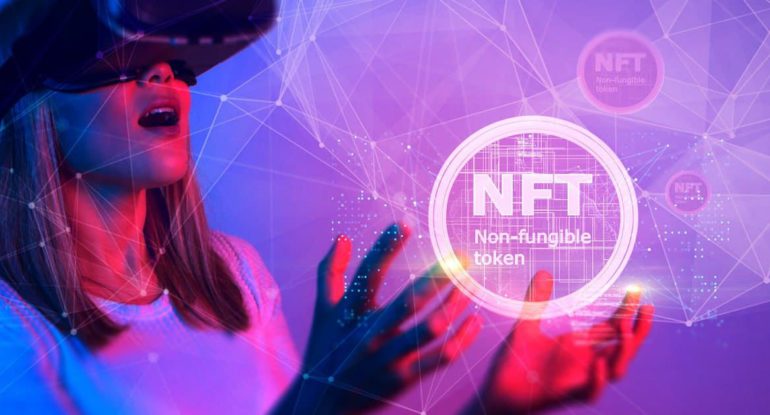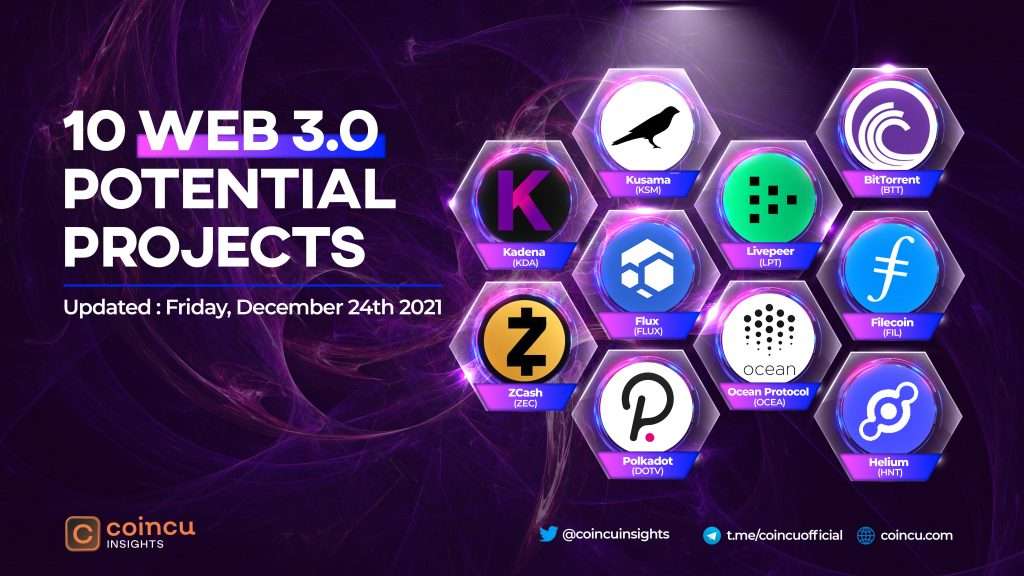What is web 3.0? Web 3.0 is the third generation of internet services for websites and applications that will focus on providing a data-driven and semantic Web. The ultimate goal of Online 3.0 is the creation of more intelligent, interconnected, and open web pages and applications.
There is no concrete web 3.0 definition because it has not yet been implemented. Going from the original web to Web 2.0, which took ten years, to Web 3.0 is predicted to take at least as long or more. Web 3.0’s technologies are actively being developed, which some belief will make up and ultimately define the term Web 3.0. The Internet of Things (IoT) and wireless home appliances are two examples of how Web 3.0 influences technology.

When looking at the evolution of the web from Web 1.0, a static information provider, to Web 2.0, a dynamic, interactive, and social web, it can be anticipated that Web 3.0 will revolutionize how websites are created and how people interact with them.
Web 3.0 is yet to be fully realized. Intelligent agents, online databases, distributed networks, and dynamic content for websites are all part of this technology. Despite this, the anticipation is intense. Web 3.0’s seismic market upheaval necessitates examining which stocks to acquire to profit from the change.

Recently, blockchain technology has been the subject of a lot of discussions. This is a tool that many individuals have utilized to gain influence, shifting power structures from central authorities. Big IT giants have had too much influence over our online lives, and the Web 3.0 ecosystem seems to be trying to reclaim some of this power.
Which Web 3.0 stocks should you invest in? Safer data storage is being pioneered by blockchain technology. It has the potential to play an important role in Web 3.0’s decentralization and protection of digital property rights alongside cryptocurrencies. Several large corporations have already made multibillion-dollar investments in the infrastructure necessary to support such initiatives. Newer enterprises are also building a name for themselves. As a result, it’s vital to maintain a sense of proportion and bring a variety of clothing to the table.
Here are seven Web 3.0 stocks to invest in for a long-term profit:
- ARM Holdings, Inc. (AMD) (NASDAQ: AMD)

- The company’s name is Apple (NASDAQ: AAPL)
- One of the world’s largest cryptocurrency exchanges (NASDAQ: COIN)
- A swath of land (NYSE: SQ)
- The graphics card manufacturer Nvidia (NASDAQ: NVDA)
- IBM (NYSE: IBM)
- Software by Unity (NYSE: U)
Machine learning, artificial intelligence, and the blockchain are all part of Web 3.0, providing exciting new possibilities for consumers and investors. It’s impossible to predict which firms or industries will be the main winners as Web 3.0 develops. Investors hoping to get a piece of Web 3.0 can go no farther than these major areas of investment options.
NFTs
Web 3.0 was built on the foundation of non-fungible tokens, or NFTs. They are digital representations of one-of-a-kind goods, which can be used to instill value in these “non-fungible tokens.” Artwork by well-known painters sells for NFT prices, making NFTs a common sight in the art market. For a whopping $69.3 million, artist Beeple will be able to sell his digital artwork “Everyday — The First 5000 Days,” which he created in March of 2021. Toward the close of 2021, another NFT project had accumulated $91.8 million in funding from various sources. Over a year, the market for NFTs soared from $8.07 million in January of 2021 to $4.8 billion.

It is one of the reasons NFTs are soaring in popularity because they will be instrumental in the Web 3.0 world. To prove ownership in the metaverse, NFTs can be exchanged for other unique and non-replicable NFTs. In a metaverse sense, they can be used as cash. Avatars that can be utilized in the metaverse are now some of the most popular NFTs, and this trend is only going to continue to expand.
Metaverse
It is a comprehensive depiction of the worlds created by Web 3.0. The metaverse will establish another universe that in some ways resembles our own through the use of augmented reality, artificial intelligence, social media, virtual reality, and other technology. The interactive, high-tech online gaming world already has something like this, but the metaverse will build on it to create new worlds. Many well-known corporations, including Facebook, are already in the game; it just changed its corporate name to “Meta Platforms” to better represent this trend.
Cryptocurrency

Web 3.0’s “funding arm” is cryptocurrency. NFTs, land, and other items in the metaverse may already be purchased with crypto. Developers view it as the economic engine for the future. A future metaverse parallel banking system envisioned by Fintechs would allow cryptocurrencies to be used to pay for and fund all kinds of transactions in the physical world. Cryptocurrency can be used to buy a house or automobile in the metaverse or even buy an avatar.
Web 3.0 Tokens 2022
Before you invest in some of the most popular Web 3.0 cryptocurrencies, here are some things to keep in mind.

1. The element helium (HNT)
For IoT devices, Helium uses the proof-of-coverage method to create a decentralized network powered by blockchain.
Decentralized wireless infrastructure can be built using Helium, which allows low-power devices to communicate and send data through a network of nodes called hotspots, each covering a certain area of the network. The hotspots are also miners. The Helium network’s native coin, HNT, is mined by network members who purchase or establish a hotspot.
2. Linking a Chain (LINK)
To create intelligent contracts based on real-world data, Chainlink is an Ethereum-based decentralized network. As a result, it has become an increasingly popular platform for oracle services.
There has been a spike in demand for Chainlink’s native coin, LINK, which has overtaken Shiba Inu as the most widely traded and held cryptocurrency among ether’s largest holders.
3. The Filecoin (FIL)
By renting out space on their computers’ hard drives, users can earn Filecoin’s tokens on a decentralized, peer-to-peer storage network. Filecoin can store digital goods like art and music behind non-fungible coins, a significant advantage.
Filecoin’s network allows individuals and data centers to participate as storage providers. You need a computer with an internet connection and enough hard drive space to store your data. Transaction fees and tokens can be earned based on the storage space you contribute to the Filecoin network.
4. Flux, as it is known in the scientific community, is (FLUX)
Flux is designed to aid developers in creating and deploying Web 3.0 applications on several networks simultaneously. Additionally, it can be used to create projects that are not centralized. Using Flux, users can access data both on and off-chain via an oracle architecture with a decentralized infrastructure.
5. A five-pointed star (THETA)
One of the primary functions of Theta’s blockchain is to facilitate the delivery of video content. Peer-to-peer networks like Theta, with enterprise validator nodes from Sony, Google, Samsung, and other corporations, are designed to make it easier for users to get video content.
Its current price is $3.02, with a market capitalization of about $3.02 billion as of April 16, 2022, according to CoinMarketCap.
6. The Graph (GRT)
Blockchain data can be organized using the Graph’s indexing system, filtered, and queried by members. On top of the blockchain indexing protocol, a high-level cryptographic ledger is developed.
7. BitTorrent, (BTT)
More than 2 billion people use BitTorrent, a torrent client for Mac, Android, Windows, and other operating systems; 200 million people utilize BitTorrent wallets. If you’re a fan of torrents, this service claims to be “the world’s largest distributed network.”
8. Siacoin (SC)
Using Sia, users can pay other users to use their cloud storage space. Each section of the users’ data is uploaded to a different host after being encrypted.
Several Sia-based initiatives, including cloud-based video streaming, content delivery, and file sharing, are developed by Skynet, Sia’s developer.
9. Basic Attention Token (BAT)
The blockchain-based Brave Browser, a content delivery platform, is powered by BAT. Customers who watch ads are given BAT in return for their participation in the advertising effort. Advertisers can target their advertising to be as effective as possible while maintaining user privacy in the BAT environment.
10. Polkadot (DOT)
Blockchain-to-blockchain transfers are possible using Polkadot. Not only do they accept tokens, but they offer a wide range of other services as well. Users of Polkadot can connect to numerous blockchains within the Polkadot network. Polkadot’s parachains are unique and independent, yet they can communicate with one other, essential for Web 3.0 applications.






